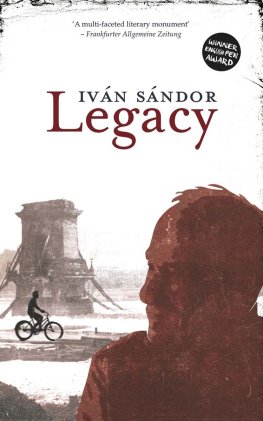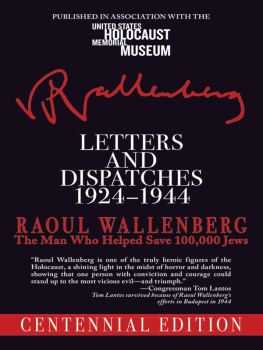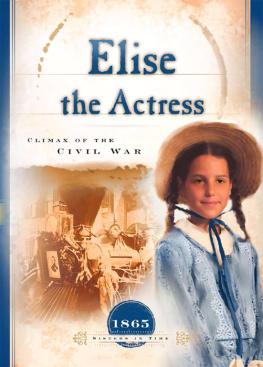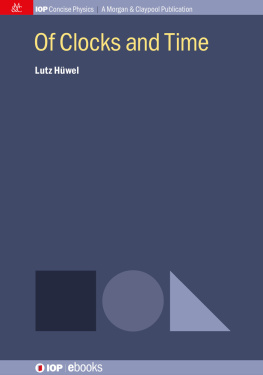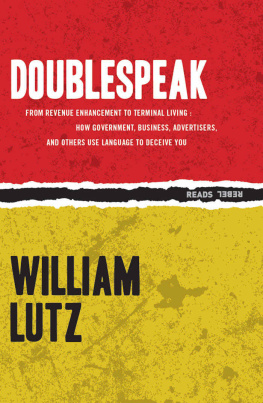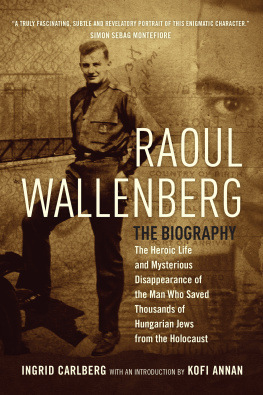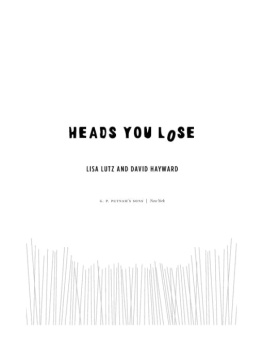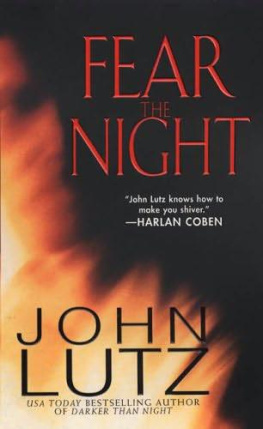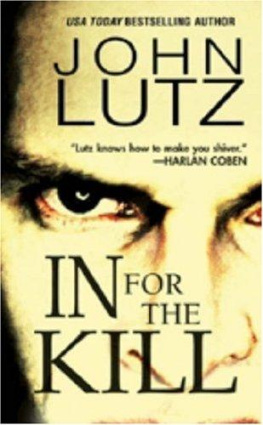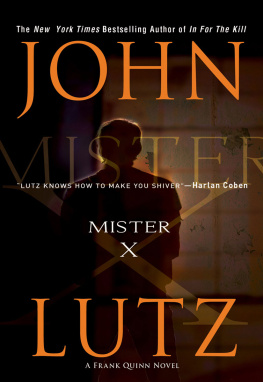ABOUT THE NOVEL AND THE AUTHORS
In 2002 a Jewish man recalls the dying days of the Nazi occupation of Hungary and how, as a fourteen-year-old, he and his family were to be sent to the death camps before coming under the protection of legendary Swiss Vice-Consul, Carl Lutz, who saved tens of thousands of Hungarian Jews from almost certain death.
Decades on he tries to make sense of his own past, his country and to learn more about Lutz who, like his contemporary in Budapest Raoul Wallenberg, risked his own life to protect him and countless others. As a witness to the events of 19445 and one of Lutzs survivors, he is invited by Swiss television to be involved in a film about Lutz.
Ivn Sndors haunting novel, newly translated into English, the extraordinary achievements of Carl Lutz and the impressions of the older man recalling the past. Beyond the story itself, Legacy investigates history, memory and how we understand the past and how that is shaped by whoever happens to be telling the story.
IVN SNDOR (born 1930) is one of Hungarys best-known living writers. Since 1967 he has published eleven novels and many other volumes of prose, earning critical acclaim in Hungary as well as in the German-speaking countries and France (his novels Kvets based in large part on the authors own experiences during the Nazi occupation of Budapest Az Ejszaka Mlyn 1914 and Drga Liv have appeared in translation). Sndor has been awarded Hungarys highest literary honours, including the Sndor Mrai Prize (2000) and the Kossuth Prize (2005). Earlier in his career he was a prominent theatre critic and playwright. He lives in Budapest.
TIM WILKINSON (born 1947) grew up in Sheffield but has lived much of his adult life in London as well as spending several years in Budapest. He is the principal English translator of Nobel laureate Imre Kertsz (including Fatelessness, Fiasco, Kaddish for an Unborn Child, Liquidation and Dossier K) and more recently Mikls Szentkuthy (Marginalia on Casanova, Towards the One and Only Metaphor), among others, as well as shorter works by a wide range of other contemporary Hungarian-language authors.
By the time the cyclist had whisked around the corner of Bem Quay and Halsz Street we had recognized our shared failure in each others looks. Seeing the handlebars of his bike brought to mind another cyclists bull-like figure, pumping the pedals as he was draped over the drop handlebars, in the very same place fifty-eight years before, although then it had been called Margit Quay. None the less, it was as though my viewpoint were not my own but that of a fourteen-year-old boy marching in a column who was trying to catch the eye of the cyclist beside him.
All he saw, however, was the slits of his eyes.
A flash of the tightly clenched line between a swollen eyelid and a puffy cheek.
The looks of the armed escort gave nothing more away.
Once again new orders were being shouted out. Once again he had to run between the lines of men with submachine guns.

What was I doing anyway on the Buda bank at the corner of Bem Quay and Halsz Street?
Fifty metres further along, on the right, is Pala Street as it drops to meet the Danube. At the top of a flight of steps stands the ancient house where P., one of the designers working on my most recent books, resides. I had been searching for days to find an appropriate image for the jacket to take to him for the book we were working on now. I had settled on a Hieronymus Bosch painting. Maybe that was why in my dream I encountered the figure of a midget monstrosity: the legs of an insect, wings of a locust, human face. Bespectacled. He nodded, and we started. Just before there had still been two of us, but as it was I was already pushing ahead on my own. The midget figure had been me.

What I had chosen for the jacket was a detail from Boschs triptych The Haywain, which shows people trapped between the massive wheels of the wagon, two of them already crushed, several driven over on top of one another, yet others reaching out with arms raised in the air, although there is no way of telling whether they are praying for their lives or trying, while they are at each others throats, to lay hands on some food from the carts payload. Dotted around are several monsters with the bodies of animals but human legs. Four figures are on top of the hay cart. Two have musical instruments; a third a young woman in a white headdress is holding a sheet of paper covered in writing on her lap that the lad with her is perusing. This detail from the scene seems to express the idea of a text that denies the distance between writer, reader and subject.
In another picture by Bosch, St John the Evangelist, book in hand, is listening to the words of an angel on the island of Patmos.
When I looked more closely at this picture, I noticed a tiny monster in the seemingly peaceful surroundings. Insect legs, a devilish body, locust wings, a human face; on its head is a basket of live coals, and perched on its nose are a pair of pince-nez, giving the air of an intellectual.
In other words, Bosch sought to have a narrator for the spectacle.
Its rather as if he painted in the right-hand corner someone who would be able to open the story: I was there.
In my dream it was on the insect legs of this little monster that I set off to go to Pala Street.

The column leaves the Erzsbet Bridge.
Where are we going? I ask Mother. This is Dbrentei Square, she says. Fine, but where are we going? She glances at my father. I am walking between them. Fathers look indicates no. We reach Margit Quay. Mother is slipping behind. We are proceeding in lines of four: the fourth is an elderly man. I dont know who he is.
At one side of the column is a conductor from Budapest Municipal Transport, the BuMuT, with an armband with the pale-blue stripes of the House of rpd used by the Nyilaskeresztes Prt Hungarista Mozgalom, the fascist Arrow Cross Party; in front of him is a member of the Home Guard with an armband. On the other side a policeman with submachine gun. Bringing up the rear of the procession are men in black uniforms and green shirts; at the head is a Home Guard lieutenant and a MP NCO.
What are you staring at? the BuMuT conductor roars. Dont look to the right, says Father. We are passing in front of the site of a blown-up statue of former Prime Minister Gmbs (Gmbs had died in office in 1936). Toppled from its plinth, the figure has already been taken away.
On the left a cyclist sweeps alongside us. A racing bike. He is leaning on the drop bars, counting us. He says something to the BuMuT conductor. He pushes on ahead, then wheels around and turns back.
It is sleeting. For the first time I see the arches that have been blown up between the exit from Margit Bridge on to Margit Island and the Pest side of the bridge.

Could I have seen blown-up stretches of Margit Bridge on 15 November 1944?
Dusty old newspapers. Rustling in the librarys hush. Margit Bridge was blown up on 4 November.
In turning the pages one of the thin sheets is torn.
All means necessary will be employed to compel every fighting-fit and work-fit person unfailingly to complete whichever task is allotted to them and which is considered necessary to attain our goal, because we dare to proclaim, and we shall enforce, our principle that we consider life to be too good for those who withdraw themselves from the demands of the life-and-death struggle of our nation or who even attempt to do so. Anyone not with us, with our Nation, is against us. Any such person must perish. That is the call of the Arrow Cross Party Hungarist Movement to the Hungarian Nation.

